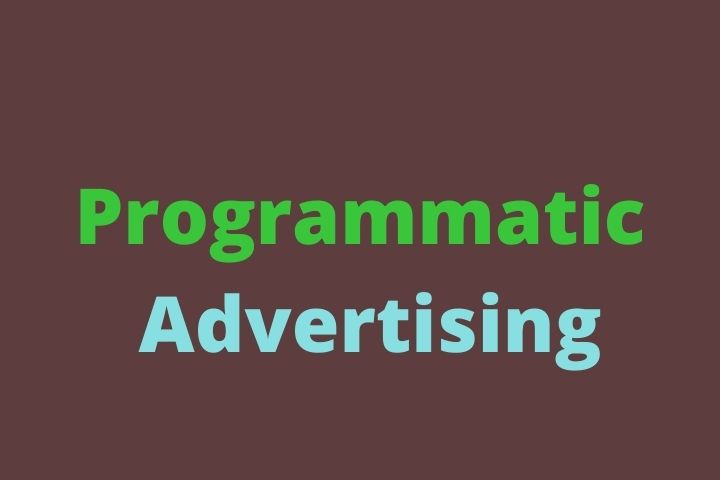Programmatic Advertising : The world of digital advertising is evolving by leaps and bounds and surely you have already noticed it. Today we no longer receive a single ad for a specific product or service, but rather we receive impacts from it in different formats and versions according to our tastes, interests and habits on the Internet .
Programmatic advertising is here to stay , but do you really know what it is and how you can implement it in your digital marketing strategy?
In the following article we will tell you about its evolution, functions and advantages so that you can optimize your digital campaigns and reach your target audience.
Table of Contents
What Is Programmatic Advertising?
Programmatic advertising, also known as programmatic buying, is an online advertising buying model that allows you to automatically purchase advertising space on the Internet thanks to artificial intelligence . It is one of the most widespread models and with the highest optimization ratio thanks to the implementation of algorithms.
How Does Programmatic Advertising Work?
The operation of this type of advertising is based on a process of buying and selling advertising space but, unlike more traditional models, in this case advertisers buy by the impact of their ads on their target . In other words, brands pay to buy audiences by showing ads only to those people who have a real interest in receiving that impact. Media or advertising spaces in which to appear are no longer purchased.
Thus, in order to limit and identify these users, this type of digital advertising uses a system of algorithms with which it collects information thanks to cookies, which collect, among other data, their interests, tastes, preferred times to browse, the type of device used, age, gender and location.
Also Read : Employer Branding
Types Of Programmatic Advertising
Programmatic advertising offers two management models:
- Direct programmatic . It allows greater control of the campaigns since with this model advertising is contracted directly through a platform with a single medium or support.
- Real Time Bidding (RTB) or Real Time. In this case, the impression is offered to all buyers at the same time. RTB is an auction or bidding system that allows you to limit ad impressions to optimize resources (ROI). It is done on specialized platforms in which advertisers set a price and automatically instantly the platform chooses the highest price set. In this way, advertisers manage to generate a greater impact by showing their ad at the right time.
In addition to knowing these models, it is important not to confuse programmatic advertising with the Google Display Network . The latter is the inventory of all ad space across Google’s websites and media and includes Google Ad Exchange and Goode Ad Sense. On the other hand, programmatic advertising allows you to connect to all existing inventories : Google, Microsoft, etc. advertising space.
Programmatic Advertising And Big Data
As we have seen, the automated sale of advertising space is closely linked to Big Data . Thanks to the collection of large amounts of information, advertisers can choose which ads and how they are displayed, limit the hours of the day and their frequency.
Thanks to cookies , it is possible to monitor user behavior and thus personalize ads according to their preferences and browsing behavior.
Within this digital advertising management model we find platforms that serve as intermediaries between media buyers and space sellers :
- Ad Exchanges or Marketplaces . They are the platforms where supply and demand come together through auctions.
- Sell Side Platforms (SSP). These platforms allow publishers to manage their ad inventory and maximize revenue from digital media.
- Demand Side Platforms (DSPs). Through Big Data, it allows to automate the purchase of display, video, mobile and search inventories, thus optimizing the price.
- Trading Desk. They are the specialist professionals who manage and optimize programmatic ad campaigns.
- Data Partners. They are companies in charge of collecting data that they then sell to advertisers so that they optimize the impact of their digital marketing campaigns.
Also read : Digital Leadership
